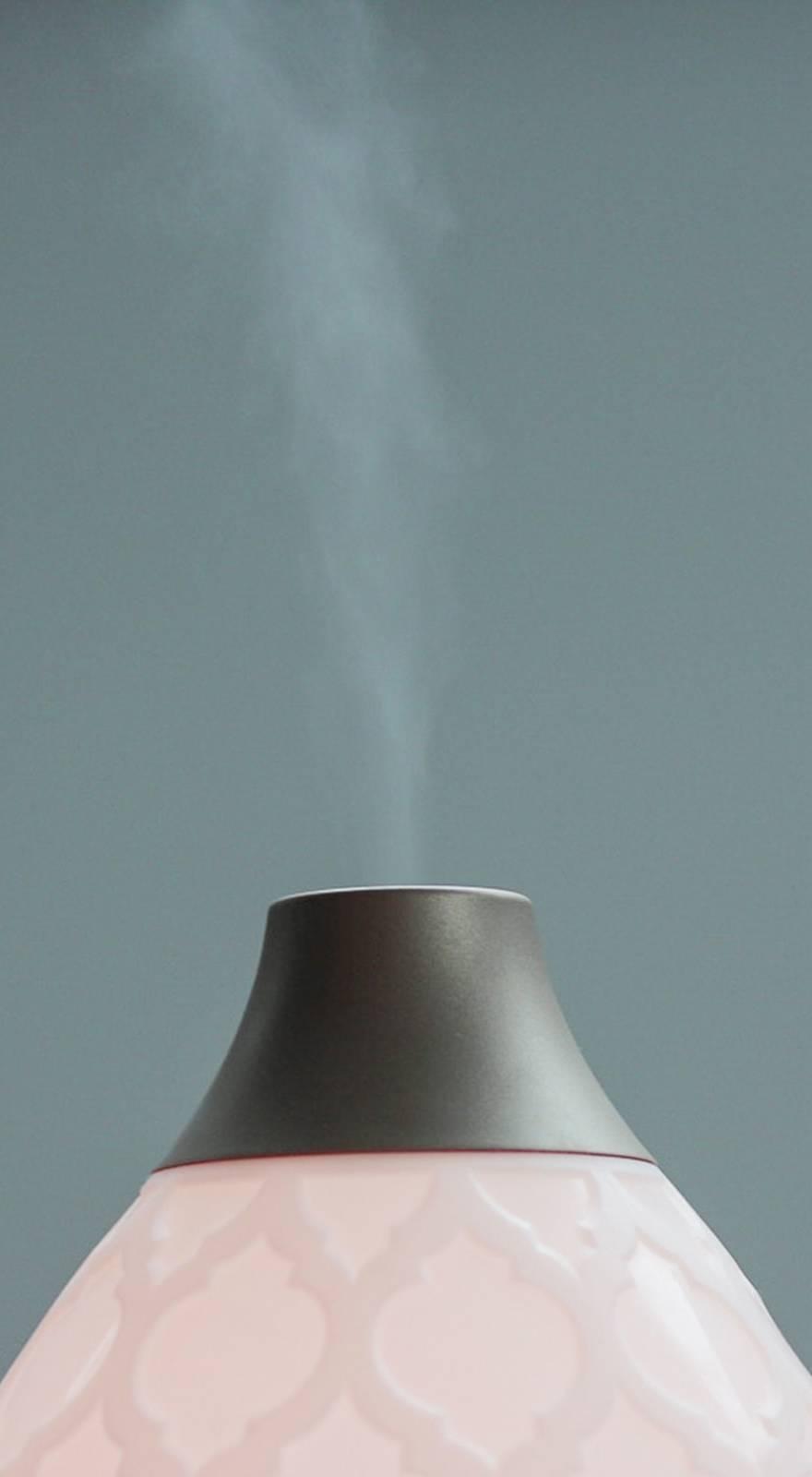Knowde Enhanced TDS
Identification & Functionality
- CI Number
- Chemical Family
- Ingredient Origin
- Pigment Treatment Family
- Cosmetic Ingredients Functions
- EINECS No.
- 215-168-2, 215-570-8, 253-773-3, 244-492-7
- Technologies
- Product Families
- Amino Acid Treatment Overview
Relation Between Pyrrolidone Carboxylic & Glutamic Acids

An important component of NMF is Pyrrolidone Carboxylic Acid (P.C.A.), a different form of glutamic acid. P.C.A. is a type of amino acid.
Example pH Values in Parts of Human Skin
Face Arm Hand Finger Between
FingersMALE 5.66 3.17 5.27 5.45 4.55 FEMALE 5.61 5.67 6.19 6.50 6.29 - A pigment or substrate surface, when treated with the patented Miyoshi Amino Acid Treatment Process, exhibits:
- A moist, dewey feel
- As a fatty acid component, amino acid treats the pigment or substrate surface making it:
- Smooth and Flat
- Hydrophobic”
The amino acid treatment also facilitates the diffusion of sebum on the skin which, in turn, causes each application fo the cosmetic containing the treated pigment or substrate to last longer. The amino acid treatment on pigments or substrates used in cosmetics is beneficial to both the production and use of make-up.
- In production, amino acid treatment:
- Enhances the dispersion property of pigments and substrates due to its strong attraction to:
- Other pigments
- Oils
- Enables attainment of homogenous composition without a great degree of blending, grinding, or pulverizing.
- Facilitates the pressing of bulk containing treated pigments and substrates into cake solids. (Amino acid treated pigments are less fluffy than those treated with silicone.)
For the consumer, a cosmetic treated with amino acid:
- Is low pH (”weak acid”); the ideal condition of human skin.
- Is long lasting as a powder
- Helps moisturize the skin
- Provides a uniform finish
Features & Benefits
- Benefit Claims
- Features & Benefits
- Enhanced Feel
- Strong Hydrophobicity
- Natural Claim, Vegetable Derived
- Skin Friendly/Weak Acidity
- Long Lasting
Applications & Uses
- Markets
- Application Format
- Color Cosmetic Applications
- Skin Care Applications
Properties
- Color
Regulatory & Compliance
- Note
- * The pigment used in this product meets all applicable purity requirements of the FDA (21-CFR), EU, China and Japan for color cosmetic additives.
- Patents
- US Patent 4,606,914
Storage & Handling
- Shelf Life
- 2 years after date of manufacture for sealed, unopened containers

